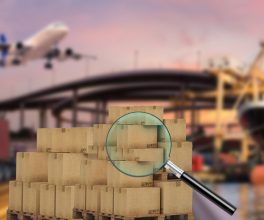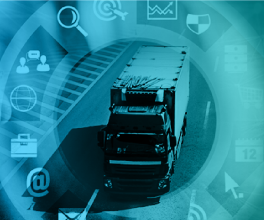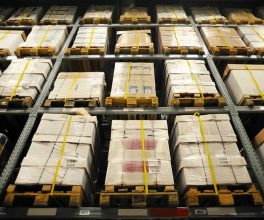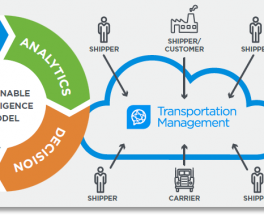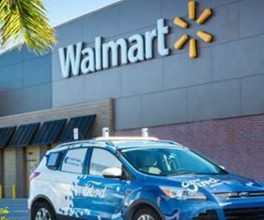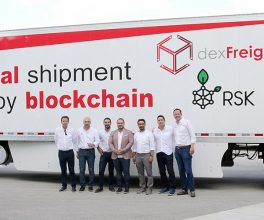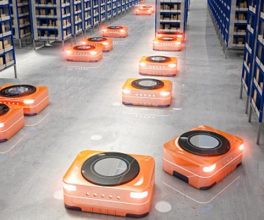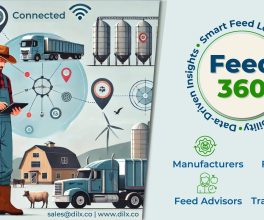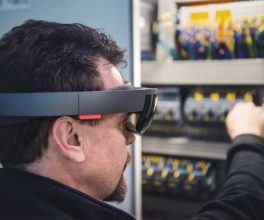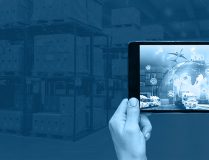Toronto, ON — Last-mile delivery is going to have to keep up with the increasing demands of consumer buying trends.
That’s according to a panel who discussed eCommerce and last-mile delivery trends, at this year’s Surface Transportation Summit. The panel included Kerry Rambalie, senior manager at Gap, Michael English, managing director at Accenture, and Valerie Normand, director of eCommerce solutions integration at Canada Post.
Rambalie said today retailers are spending a lot of money and resources trying to understand consumers and their purchasing power, as well as their purchasing behaviors.
“We can talk at length about the Amazon effect, and eBay and Netflix,” he said. “Today…consumers have been conditioned to expect faster, quicker service at a low cost. You go on Netflix and after a few clicks you have a movie. Consumers right now are living in the now. They want their orders tomorrow and they want it for free.”
Normand said that today, two out of every three packages nationally are delivered by Canada Post.
“The key trend we’ve seen is the power shopper,” she said, explaining that power shoppers are those who purchase more than 25 items a year online. “In 2016, 10% of Canadians were power shoppers. And that 10% of the population, represented 48% of all B2C deliveries in the country. In 2017, 18% of Canadians were power shoppers.”
And according to Normand, this number is only expected to rise in the new few years as more and people opt to shop online.
“These power shoppers are receiving almost one package a week, so the experience has to be convenient and fast,” she said. “And if it’s not convenient, they ask themselves, ‘why would I use that carrier?’”
That’s why Canada Post is investing in technologies to give customers more control over their deliveries, Normand said.
“(Consumers) expect to know that the driver that’s coming to deliver their package, his name is Joe. And their package is number 32 of 45 and that it should be arriving at 3:15 p.m.,” she said. “That’s what they expect, even though for Canada Post, that delivers 1 million packages a day, it’s unrealistic. But consumers don’t care.”
English of Accenture said that not only do consumers expect control over their deliveries, but that they want personalization, as well.
“Our expectations of personalization has grown over the last couple of years,” he said. “For example on Netflix…there’s a great amount of analytics to show you what cover you like, and if prefer a gender or color in order for you to click faster. So…when a driver comes into your door, they are custodian of the brand that’s coming. So if it’s raining, they can ask you, “What would you like me to do?…There’s a garbage can, can we cover it with that?” And there you go. Now you’ve personalized your service.”
Rambalie, warned the room that same-day delivery is no longer a niche – it’s expected thanks to Amazon.
“So now, retailers really need to adapt and think outside the box to service consumers the way they want to be serviced,” he said.
One thing some retailers are doing, he explained, is a pick up from store model, where consumers can buy the product online and have it shipped directly to the closest store to them. This way, they don’t need to wait around for a package to be delivered at their home.
“In theory this idea is great, but then there’s a shift from stores trying to become a fulfillment centers which can be beneficial but it tough to do,” Normand added.
To get around this, Canada Post is launching a new service next spring where consumers and shippers can intercept a package if its being delivered at the wrong time or wrong address.
In the future, English said that consumers will still want their products as fast as possible and will even start ordering products through their smart home systems, like Google Home and Amazon Echo. This in turn, will put a lot of pressure on retailers and carriers alike, who want to provide the best and fastest delivery possible.
“What we’re hearing from consumers is that they’re not satisfied,” ended Rambalie. “And that’s hard to hear because retailers are investing a lot to service customers better. But there are still opportunities to grow. Retailers are adapting and we need to use analytics to keep up with the consumer.”


